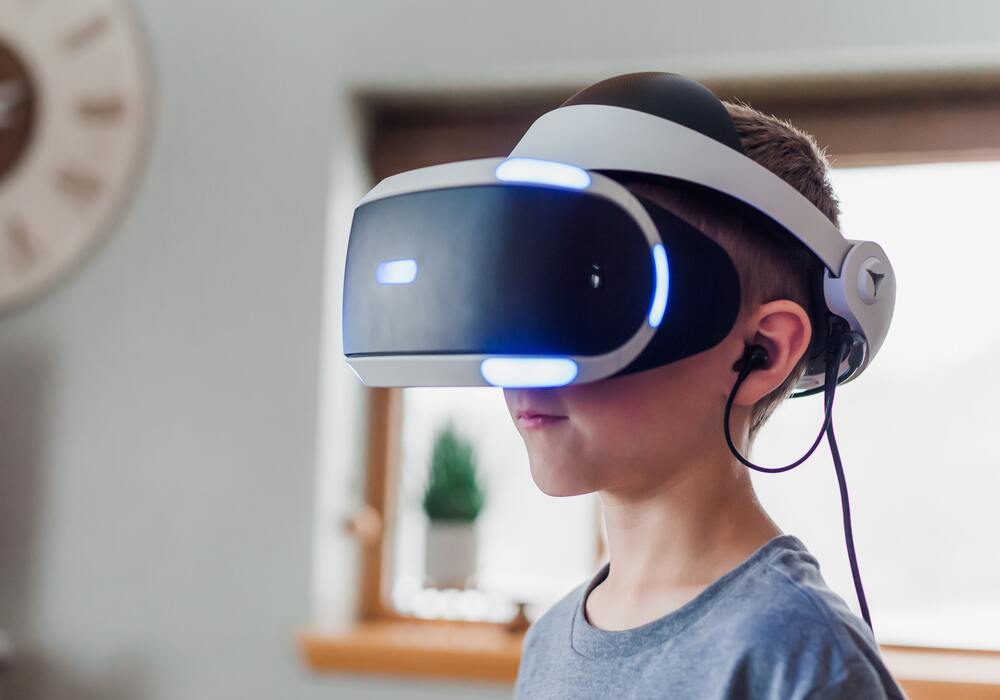Virtual reality (VR) is a technology that allows a person to immerse themselves in a digitally generated artificial world. It should not be confused with augmented reality.
It can be a copy of the real world or a completely imaginary universe. The experience is both visual and auditory, and in some cases tactile with the production of feedback. When equipped with appropriate interfaces, such as gloves or clothing, the person may experience certain sensations related to touch or certain actions.
Table of Contents
What is virtual reality?
The term virtual reality encompasses a set of computer technologies that aim to immerse one or more people in a software-generated virtual environment. The user accesses the virtual set through a virtual reality headset. To be total immersion, virtual reality doesn’t just use the view of the software-recreated environment.
Other senses such as smell (spread of odors), hearing (spreading of sounds) and touch can be stimulated. Virtual reality is sometimes called VR (Virtual Reality), computer simulated reality, or immersive multimedia. It is sometimes mistakenly confused with augmented reality, which is based on a real environment with the addition of virtual elements.
Virtual reality Headset
This product is made by means of a virtual reality headset that places a stereoscopic 3D imaging system on the nose and in front of the eyes. Some models have sensors that detect head movements to enable the user to look around. Images are then recalculated in real time to synchronize with the gaze direction.
Virtual reality rooms
There are also virtual reality rooms where images are projected on walls, floors and ceilings, with a motion capture system used to adjust perspective according to movements.

Virtual reality and its applications: video games, simulators, etc.
Virtual reality for the general public has been booming since 2015 with the advent of headsets that are both more efficient and affordable. Google has enabled the spread of virtual reality by presenting a cardboard model called Carboard, which is used as a display system with a smartphone.
Many manufacturers, including Samsung (Gear VR), HTC (HTC Vive), Sony (PlayStation VR), and Oculus (Oculus Rift), have released headsets equipped with motion sensors designed mainly for video games and entertainment applications.
Virtual reality also has many other applications: training with simulators, treatment of phobias, simulation of surgical procedures, architecture, archeology with the reconstruction of spaces, virtual visits to museums, etc.
How does virtual reality work?
The virtual reality headset has a very heavy duty, it sends you into a virtual environment by making you believe that the scenes taking place in the virtual environment are real. How does this accessory use the power of persuasion? Largely thanks to its stereoscopic display.
Your two eyes are seeing the same images, but not at exactly the same angle to get the depth effect. Parallax also contributes to depth. This technique consists of moving certain objects more slowly to emphasize the distance separating them from the user.
The realism of movements is achieved with several sensors: gyroscope for angles, accelerometer for 3D movements and magnetometer for detecting the position of the helmet.
These sensors are grouped under the name of “head movement”. On the sound side, the feature that transmits sounds from different angles depending on the user’s location offers the user very different experiences.




